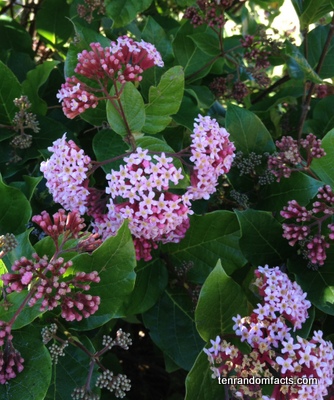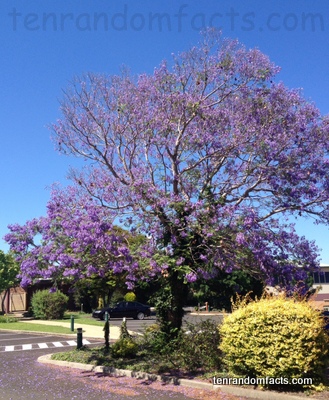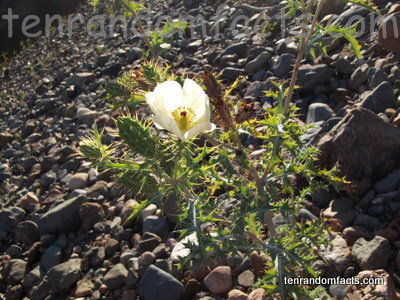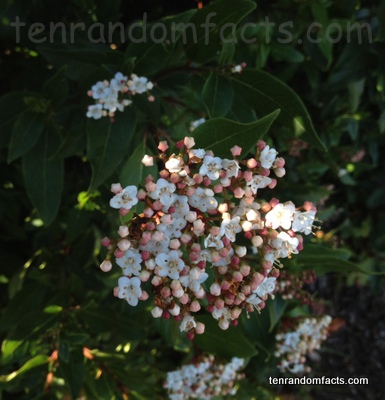
The beautiful rondeletias sway in the garden.
- Rondeletias are from the family Rubiaceae, which is the family of coffee or madder.
- Rondeletias are often grown as a decorative garden plant, although they are not as common as they used to be.
- Rondeletias are 160 species of hardy shrubs or trees with glossy, evergreen leaves.
- Rondeletias grow up to three metres (10 feet) in height and are suitable to grow as a hedge.
- Rondeletias have small flowers that grow in clusters and are typically orange-pink in colour.
- Rondeletias are native to Central America, including countries such as Mexico, Panama and Cuba.
- Some species of rondeletia are critically endangered, while others are common.
- Rondeletias generally prefer sunny conditions and warm temperatures.
- Rondeletias have fragrant flowers that attract butterflies and birds.
- ‘Rondeletias’ are named after a French medical professor and scientist of the 1500s, Guillaume Rondelet, who specialised in botany and other areas.
Bibliography:
Rondeletia, n.d., Burke’s Backyard, http://www.burkesbackyard.com.au/2001/archives/2001_archives/in_the_garden/flowering_plants_and_shrubs/rondeletia
Rondeletia (Plant), 2013, Wikipedia, http://en.wikipedia.org/wiki/Rondeletia_(plant)























